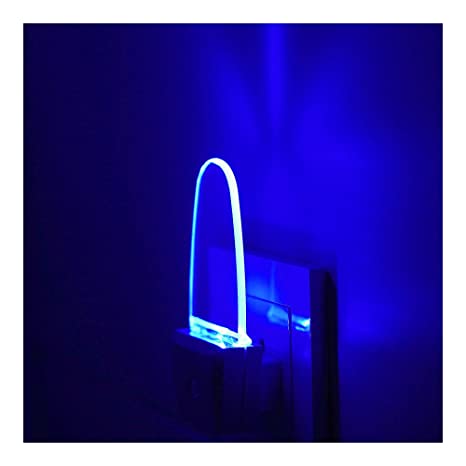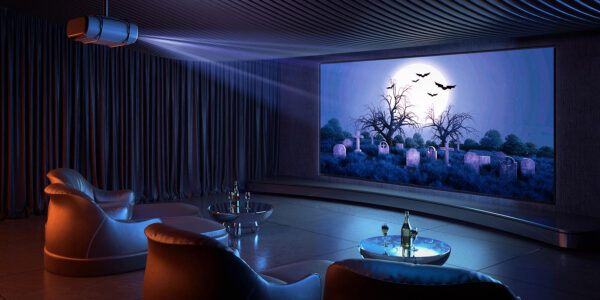The United States Department of Transportation’s (DOT) lighting standards for commercial traffic and other motor vehicles place a priority on safety to ensure transportation compliance. For example, Standard 108 under Part 571 of the Federal Motor Vehicle Safety Standards and Regulations, which addresses vehicle lighting, states that its purpose is to “reduce traffic crashes and deaths and injuries resulting from traffic crashes, by providing adequate illumination of the roadway, and by enhancing the conspicuity of motor vehicles on the public roads so that their presence is perceived and their signals understood, both in daylight and in darkness or other conditions of reduced visibility.”
The American Association of Highway and Transportation Officials (AASHTO) extends the DOT’s safety standards into highway and roadway lighting, and incorporates elements of environmental management and sustainability into lighting standards for highways. In all cases, LED highway lighting is the ideal solution to satisfy these and other concerns.
Good highway lighting enhances driving safety by providing a fully-illuminated roadway surface with no lighting gaps and dark spots that require a motorist’s eyes to adjust to different lighting conditions as he or she proceeds down the road. LED highway lighting can be configured to give highways a more uniform illumination that could not be achieved with traditional halogen or high pressure sodium highway lights.
Specifically, LED light sources can be configured to spread light from oval or circular patterns through narrow strips of lighting. Depending on the width of the highway, LED fixtures will be mounted at various heights and on poles that are either at the highway roadside or in median strips. On- and off-ramps and curves can be equally well-lit with different fixture patterns and lighting distributions.
Further, LED highway lighting comes to full illumination almost immediately after being powered up. Traffic control engineers can adapt LED highway lighting systems for a near-instantaneous response to changing weather or daylight conditions. A large number of highway accidents occur at dusk or just before dawn, when lighting conditions are variable and rapidly-changing. LED highway lights eliminate visibility problems at these and other times throughout the day.
Highway authorities and municipalities can also achieve substantial operating and maintenance cost savings with LED highway lights. Initial installation and retrofitting costs will be recouped within one to two years from reductions in electrical power consumption. Most next-generation LED highway lighting systems consume less than half the power as halogen or high pressure sodium fixtures while generating the same or better illumination. New LED fixtures also last more than five years, and in many cases up to ten years before requiring replacement. Modular engineering makes it possible for technicians to replace fixtures that are damaged by vehicle accidents or extreme environmental conditions without affecting other fixtures. In most cases, advances in LED technology, including sealed fixtures and housings and advanced thermal management mechanisms, have made it possible for LED fixtures to continue operating regardless of extreme heat, cold, precipitation, and other environmental stresses.
As the DOT, AASHTO, and other regulatory and industry organizations devise ways to improve highway safety, LED highway lighting will inevitably be at the top of their list.







